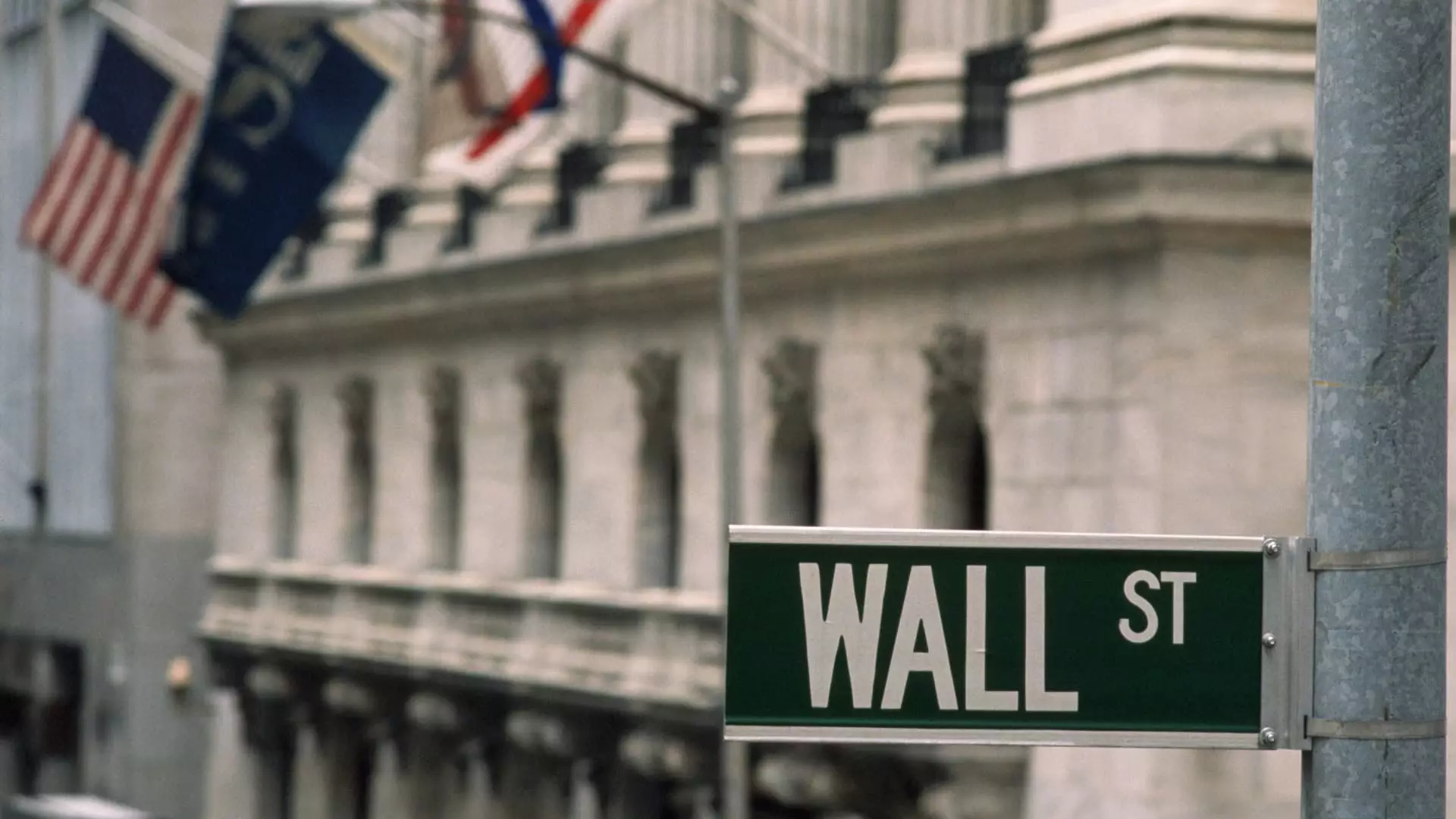As we delve into 2025, the IPO market demonstrates a mix of cautious optimism and underlying challenges. With over a dozen companies initiating their public trading journeys, including the most recent launch on a Thursday, market reactions have not been as enthusiastic as one might anticipate. Investors seem hesitant, reflecting a broader sentiment that has characterized the initial public offering landscape in recent times. Despite this lukewarm reception, Nasdaq’s president Nelson Griggs maintains a positive outlook, suggesting that the latter half of the year might witness a resurgence in IPO activity.
Griggs describes the fluctuations of the IPO market akin to a pendulum, swinging between the desires for private equity and public investment. He posits that after several years of stagnation in capital raised through public offerings, a robust pipeline is forming, ready to unleash more IPOs. This perspective sheds light on the cyclical nature of market investments, wherein previous limitations can set the stage for renewed growth and opportunities.
Yet, the journey to going public is fraught with obstacles. Companies like Panera Brands exemplify the hurdles within this landscape, encountering setbacks in their endeavors for an IPO. The complexity of launching publicly is not merely a logistical challenge; it reflects the broader economic conditions and investor appetite, which can vary drastically. This presents a challenging environment for companies that, despite their operational success, may struggle to transition to public trading due to external market dynamics.
Moreover, recent entrants like Twin Peaks, a sports bar that has just started trading, reveal a trend where IPOs are motivated by financial strategies—such as debt repayment—rather than being market-driven companies. This nuance underscores the necessity for businesses to strategically evaluate their timing and market conditions before venturing into public markets.
Interestingly, the allure of private investment continues to exert significant influence over prospective IPO candidates. Companies, including those in innovative fields like artificial intelligence (AI), are thriving in private markets, where opportunities for fundraising abound. This trend diminishes the immediate need for these companies to go public, demonstrating a shift in how liquidity is accessed.
Griggs acknowledged this convergence of public and private investment realms, emphasizing that innovations have proliferated beyond traditional funding mechanisms, providing companies with alternative routes to liquidity. However, he cautions that while these options present temporary solutions, the deeper and sustained liquidity that comes with public listing remains unmatched.
As we progress into 2025, the IPO market sits at a crossroads. While initial public offerings have begun, the reception has been tepid, and the challenges faced by companies are numerous. Griggs’ insights provide a glimmer of hope that conditions may improve as we move toward the latter half of the year. However, the ongoing interplay between private and public funding continues to shape the decision-making process for many potential IPO candidates. It remains to be seen whether the market will witness a true comeback in IPO activity, but the current landscape reflects a complex and evolving ecosystem that demands close attention from investors and businesses alike.

